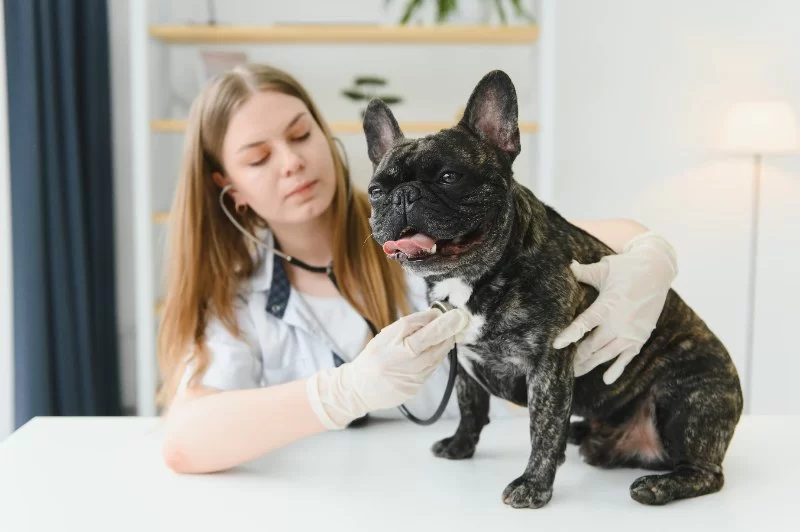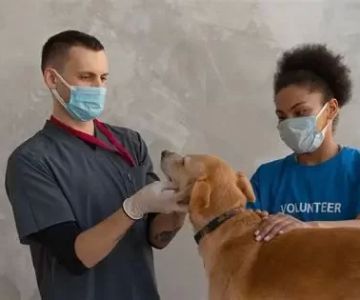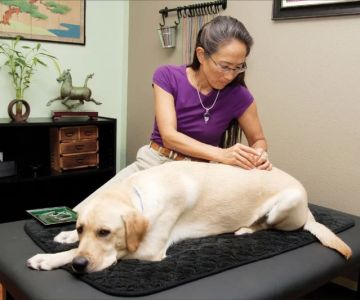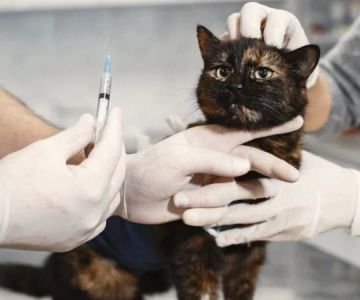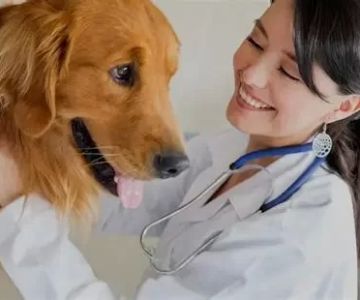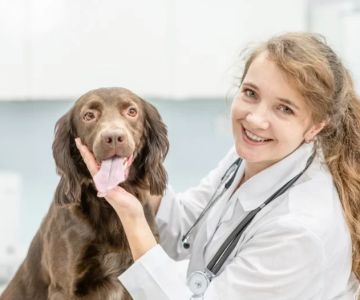What Are the Usual Hours for a Veterinarian?
- 01 - daily-schedule-in-a-general-veterinary-practice
- 02 - after-hours-and-on-call-responsibilities
- 03 - variations-across-clinic-types-and-locations
- 04 - the-impact-of-specialization-on-working-hours
- 05 - real-life-experiences-from-working-veterinarians
- 06 - what-this-means-for-aspiring-veterinarians
1. Daily Schedule in a General Veterinary Practice
When people ask, "what are the usual hours for a veterinarian?" the answer often begins with describing the standard day in a general practice. Most veterinarians working in clinics or animal hospitals typically start their day around 8:00 AM and wrap up by 6:00 PM. However, this schedule isn't rigid. Appointments often begin early and can extend into the evening depending on emergency cases or administrative responsibilities.
Routine tasks like wellness exams, vaccinations, and surgical procedures are typically scheduled during core hours, usually 9:00 AM to 5:00 PM. Many clinics have two shifts to accommodate pet owners' work schedules, meaning a veterinarian might work 11:00 AM to 7:00 PM instead. Saturdays are common workdays, and some clinics rotate weekend duties among the staff.
2. After-Hours and On-Call Responsibilities
Veterinary medicine doesn’t pause when clinics close. Many veterinarians, especially those in rural or emergency settings, take on-call shifts or respond to late-night emergencies. This aspect significantly influences what the usual hours for a veterinarian can be. For example, an equine vet may be called to a farm in the middle of the night to assist a foaling mare. Similarly, urban emergency clinics often operate 24/7, requiring night and weekend staffing.
This round-the-clock care leads to longer-than-expected hours. It’s not unusual for a vet to work a 12-hour shift or experience multiple disruptions during the night if they're on call. Such a schedule demands resilience and commitment—but for many, the rewards of helping animals in need outweigh the drawbacks.
3. Variations Across Clinic Types and Locations
The usual hours for a veterinarian vary depending on the type of practice and geographic setting. Small animal clinics in cities may follow predictable business hours, while mobile vets or those in remote areas often have irregular schedules. Emergency veterinary hospitals operate on a 24-hour model, often splitting shifts into day, evening, and overnight blocks.
For instance, a vet in a high-traffic New York animal hospital may work split shifts—three days on, four days off—but with 12-hour days. Conversely, a vet running a solo practice in a rural area may choose their own schedule but remain constantly on call. These differences make it clear that “usual hours” depend heavily on the context in which a veterinarian works.
4. The Impact of Specialization on Working Hours
Veterinary specialists—such as cardiologists, surgeons, or oncologists—often work more structured hours compared to general practitioners. Their schedules align with patient referral appointments and surgical calendars, typically running from 9:00 AM to 5:00 PM on weekdays. These roles may involve less emergency duty but longer procedure times or more consultations per day.
For example, a veterinary surgeon may spend most of the day in the operating room, requiring meticulous time planning and little room for overtime. While their hours can be more predictable, the workload within those hours is often intense. The same applies to academic or research vets, who tend to work standard academic hours with minimal clinical interruption.
5. Real-Life Experiences from Working Veterinarians
Take Dr. Andrea Lee, a small-animal vet in Chicago, whose clinic runs from 7:30 AM to 6:00 PM. She typically arrives by 7:00 AM, reviews her patient list, and starts consultations by 8:00 AM. Her lunch is often interrupted by walk-in emergencies, and while her official day ends at 6:00 PM, she stays late to finish paperwork. “Some days I don’t leave until 8,” she says, “but I love what I do.”
Meanwhile, Dr. Roberto Espinoza, an equine vet in Texas, starts his day at dawn and might not finish until well after dark—especially during foaling season. His work is largely dictated by animals and their unpredictable needs. These stories highlight that understanding the usual hours for a veterinarian means embracing flexibility, long days, and a deep sense of purpose.
6. What This Means for Aspiring Veterinarians
If you’re considering a career in veterinary medicine, it's essential to weigh the passion against the lifestyle. The usual hours for a veterinarian aren't nine-to-five in many cases—they're dynamic, sometimes draining, but also deeply rewarding. You’ll need to manage time well, balance life and work, and accept that the job doesn’t always end when the clinic doors close.
Whether you're aiming for a role in a bustling pet hospital or a quiet rural practice, it's wise to experience both before committing. Shadowing a vet or interning at different locations can offer real insight into what a day—or week—truly entails. And when you're ready to take the next step, explore education tools, resources, and professional gear through our recommended partners to start strong.

